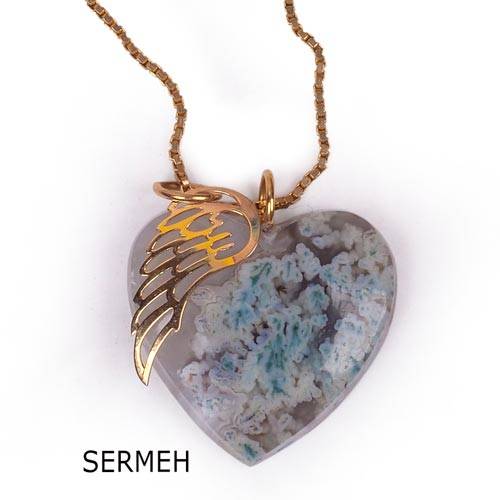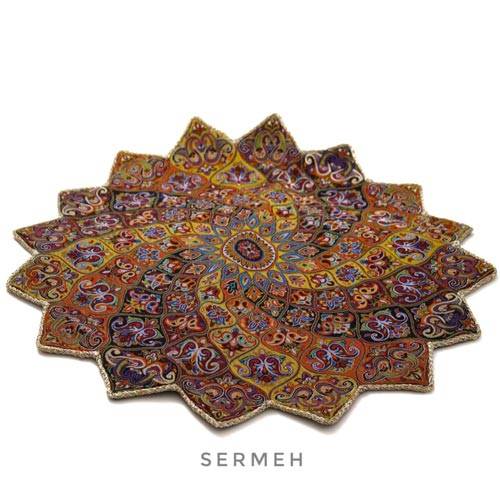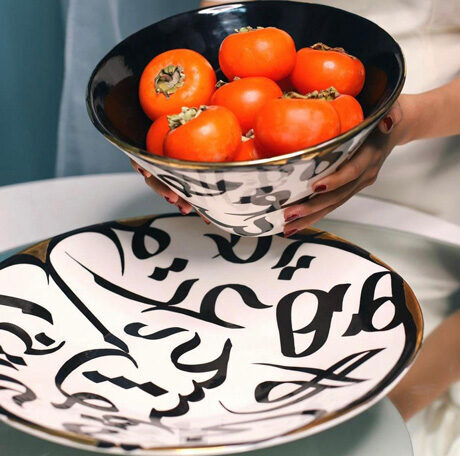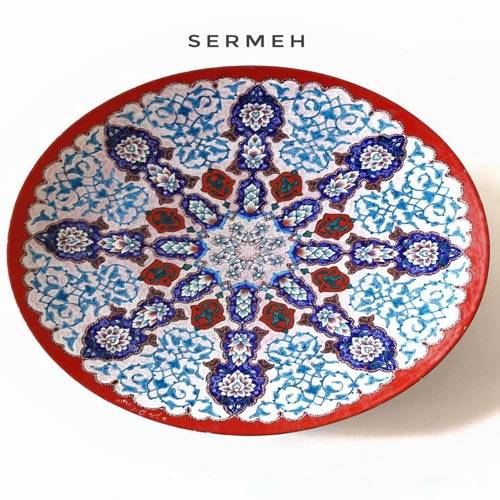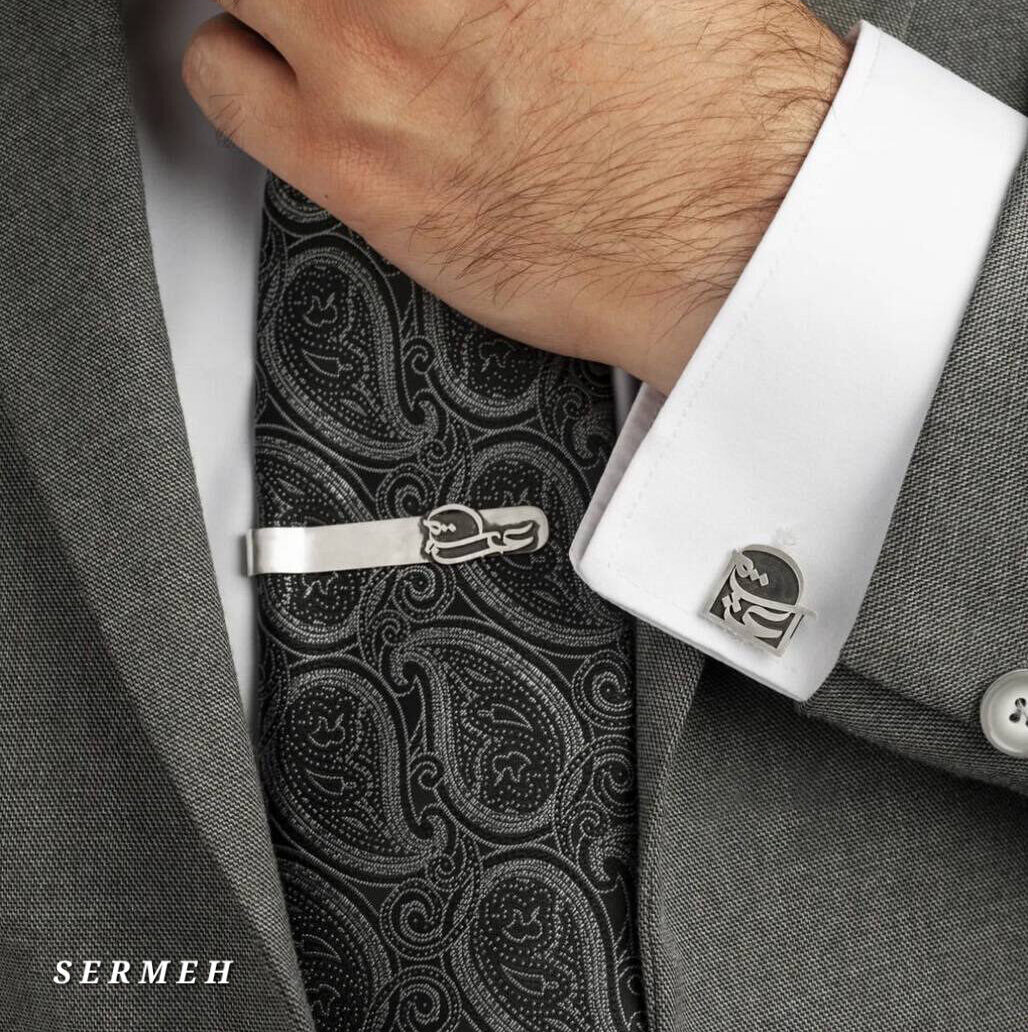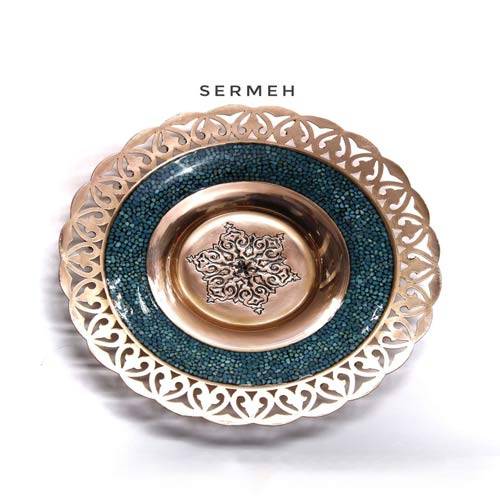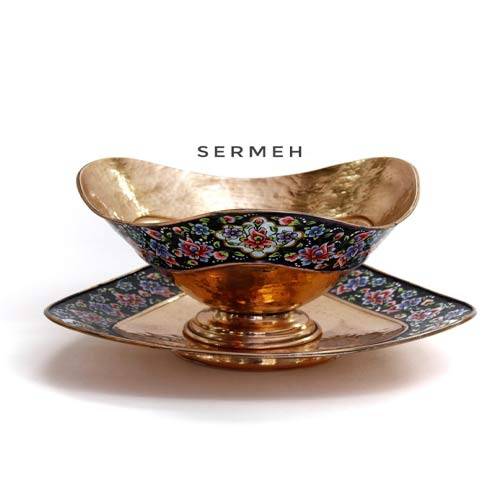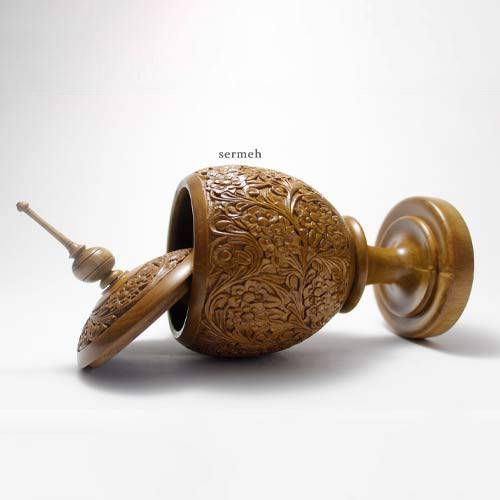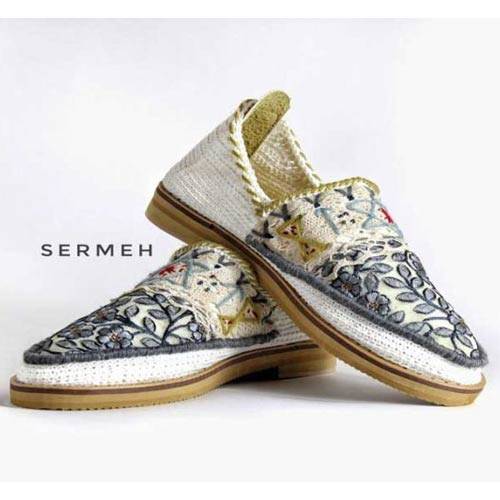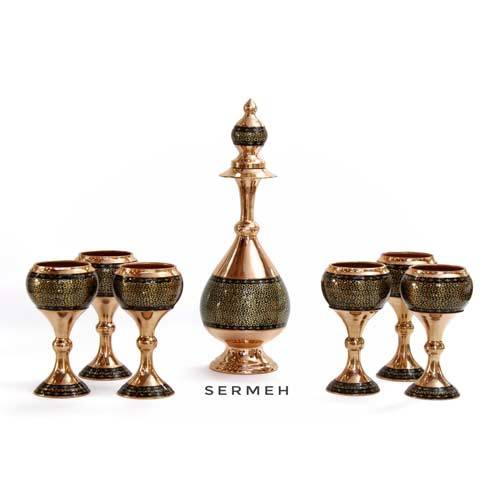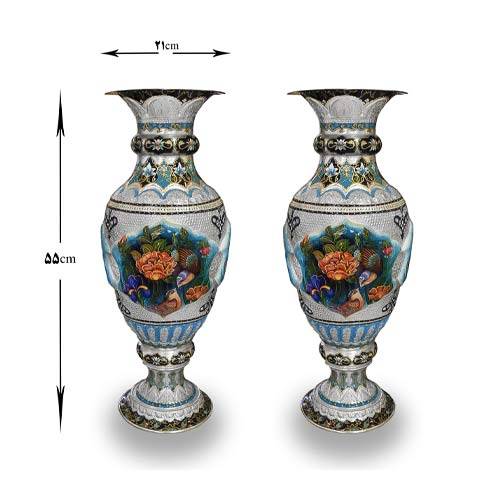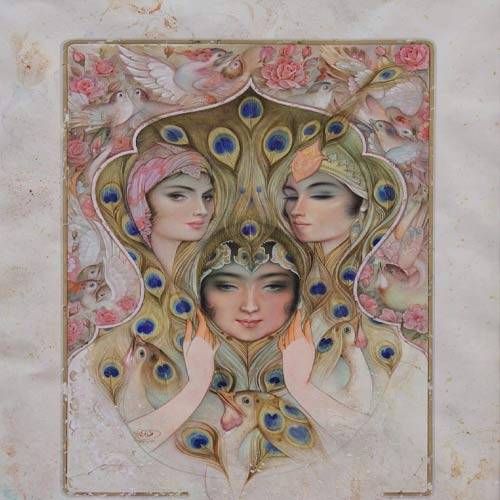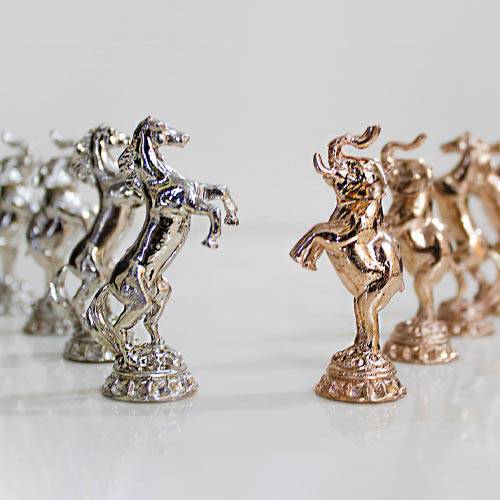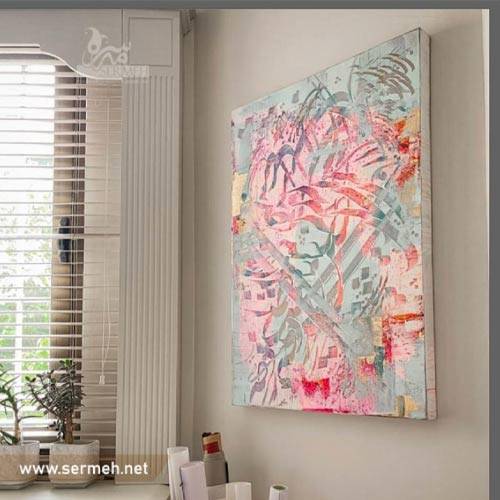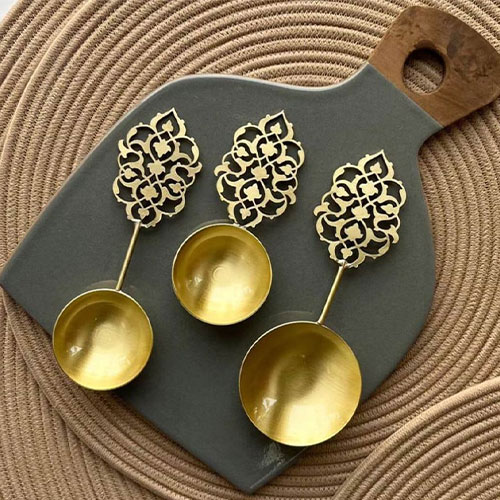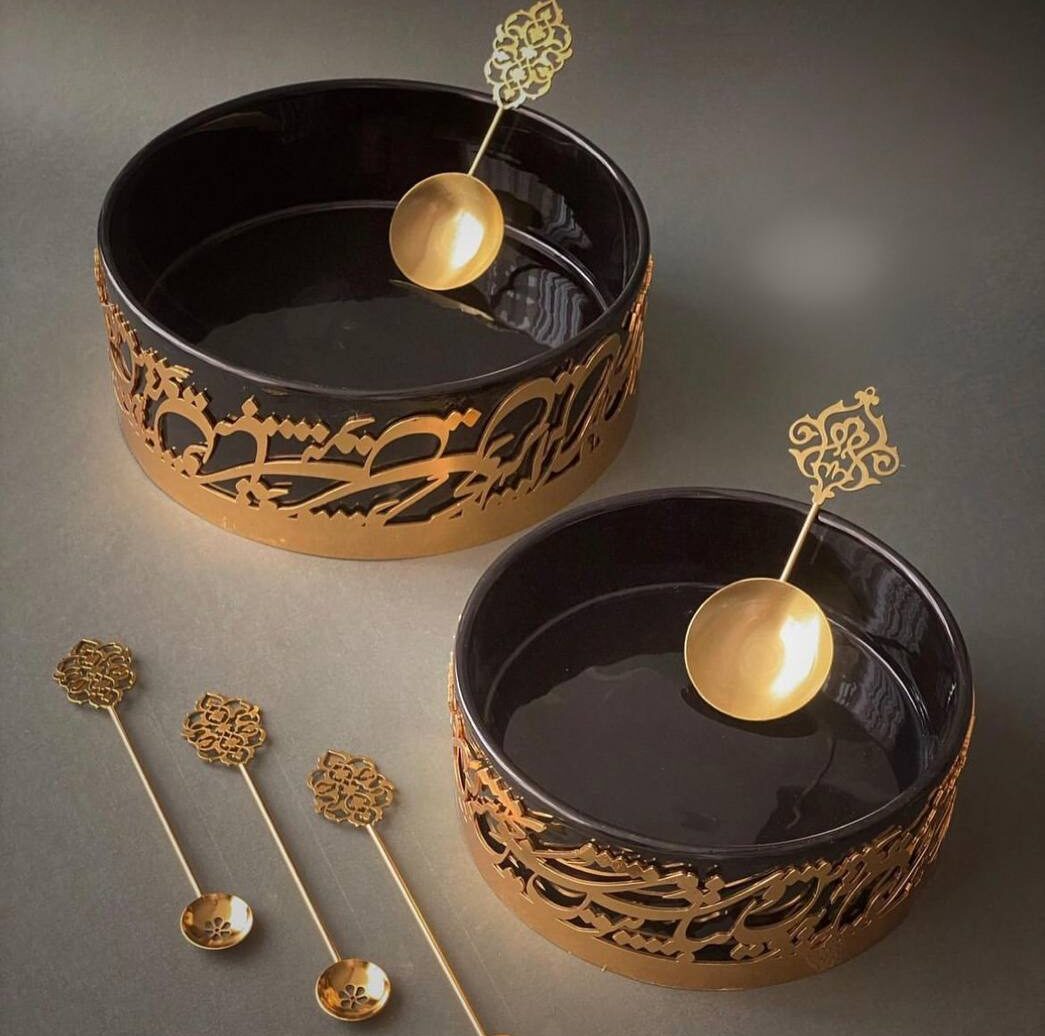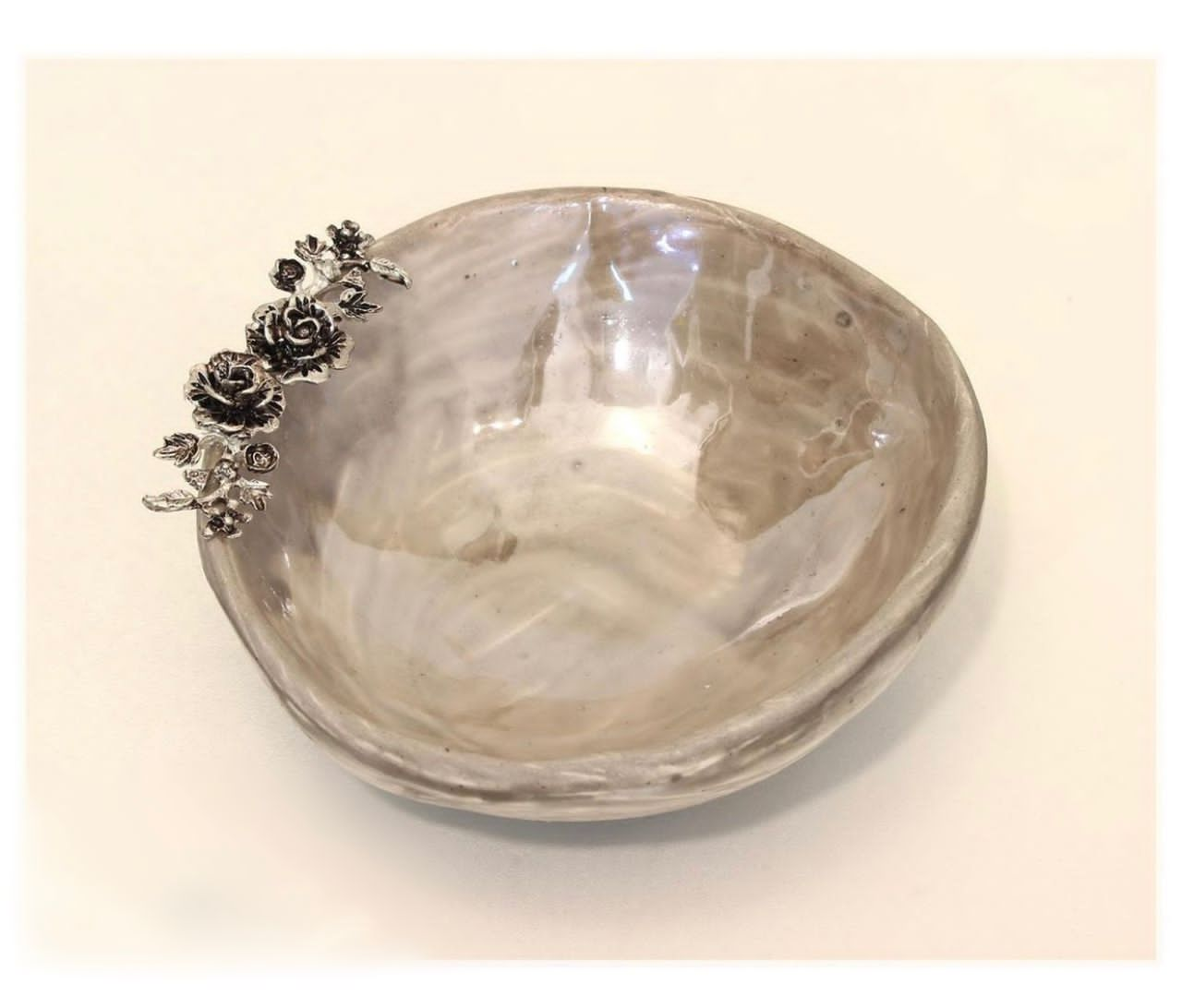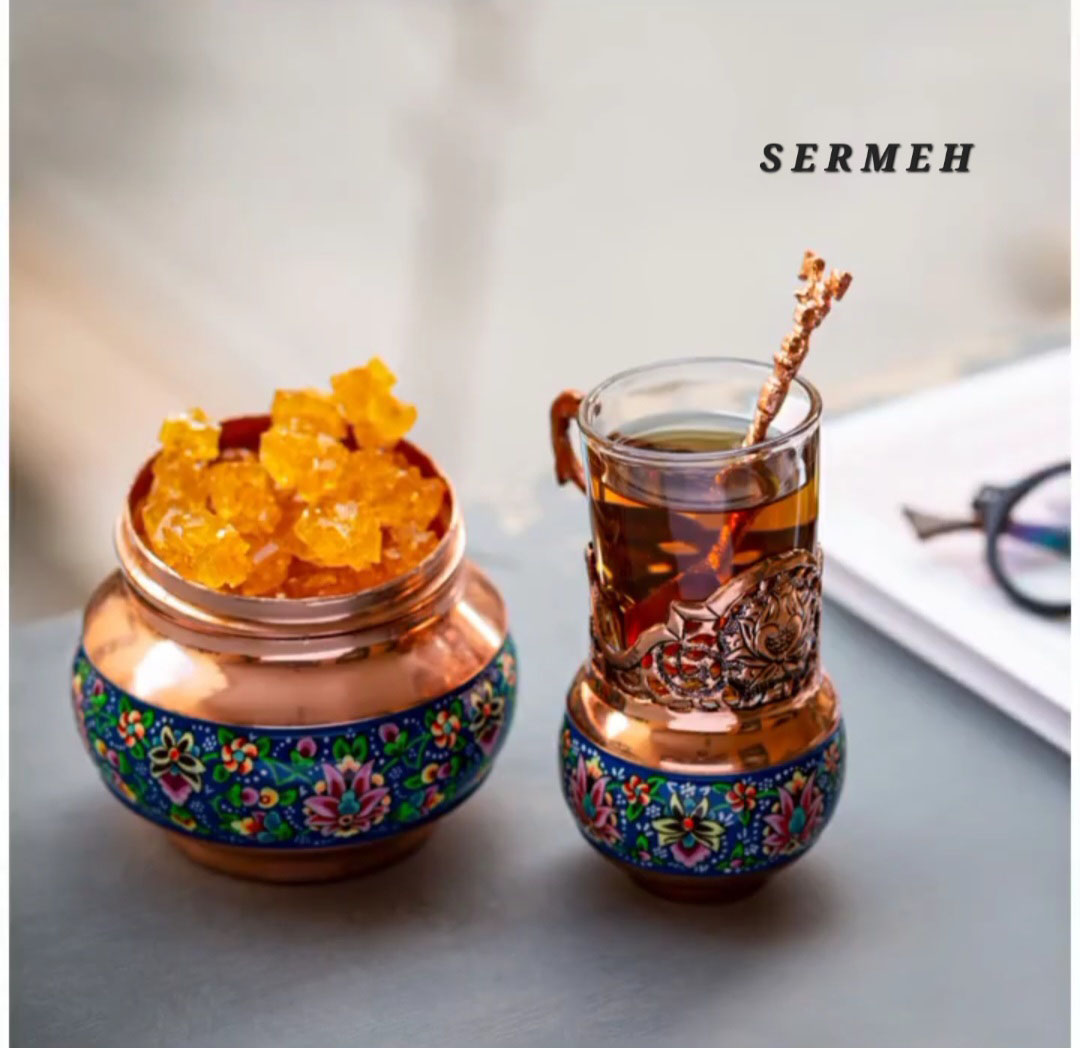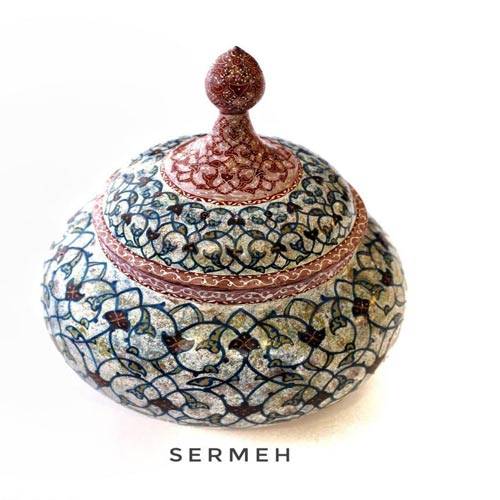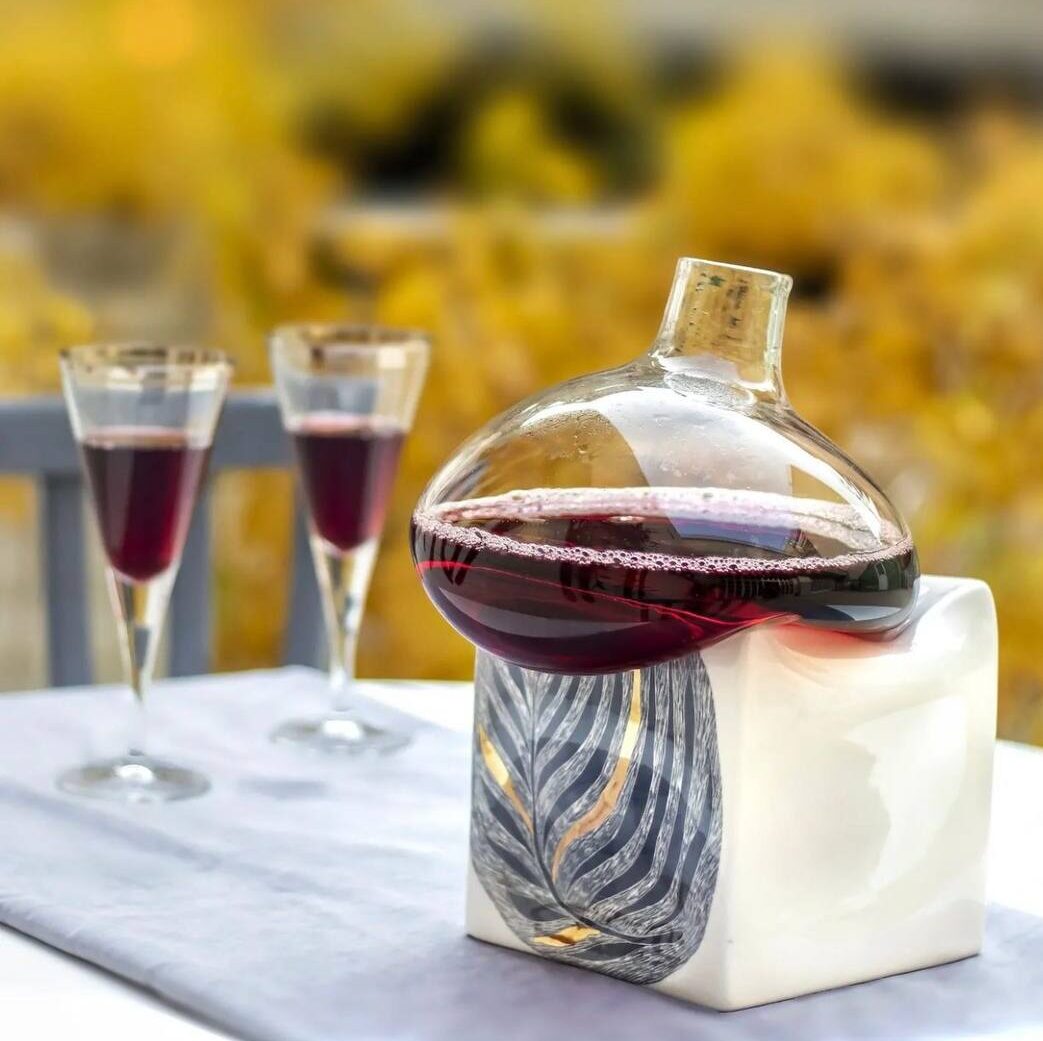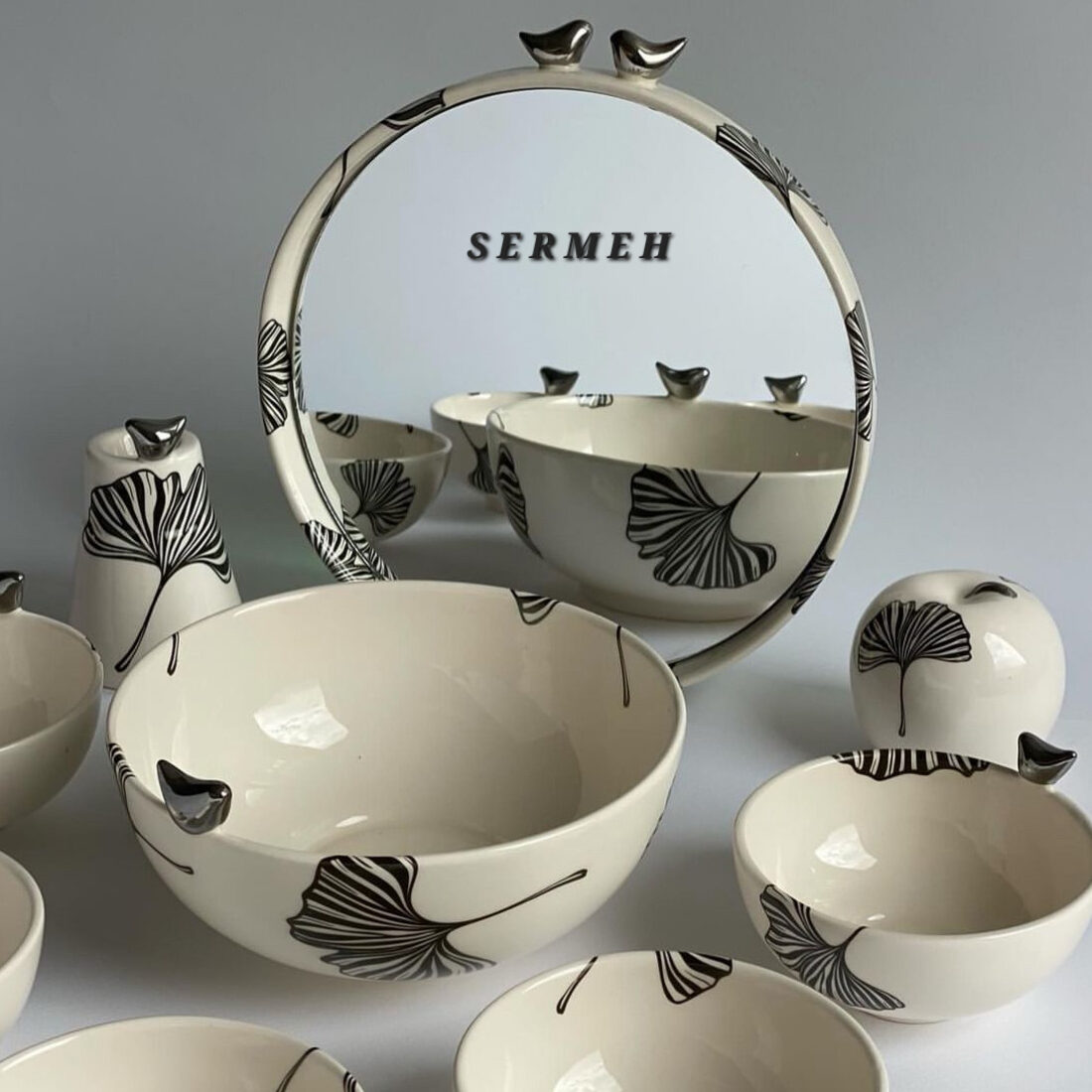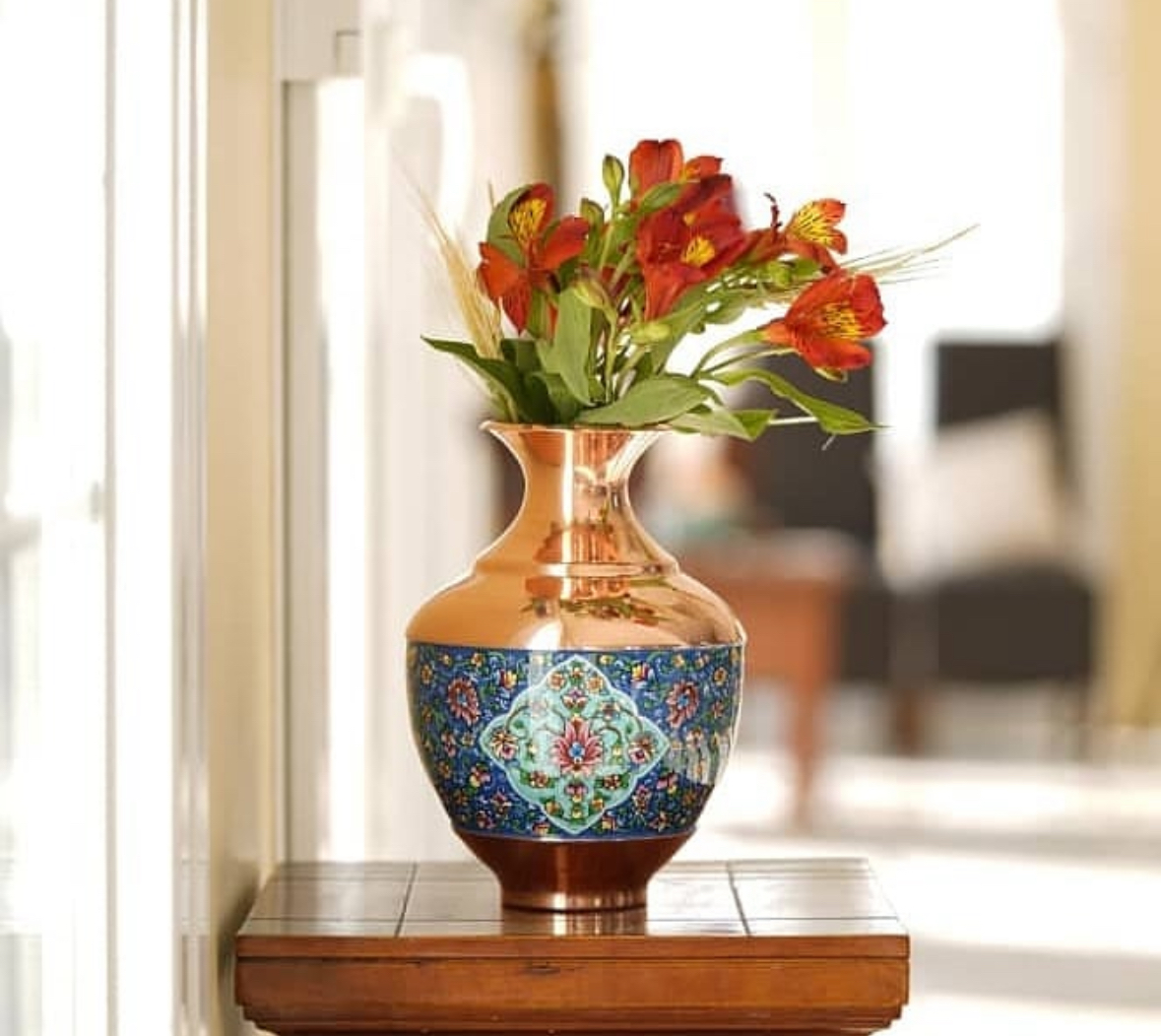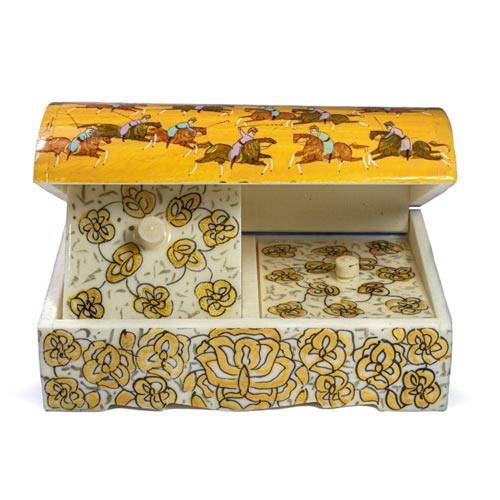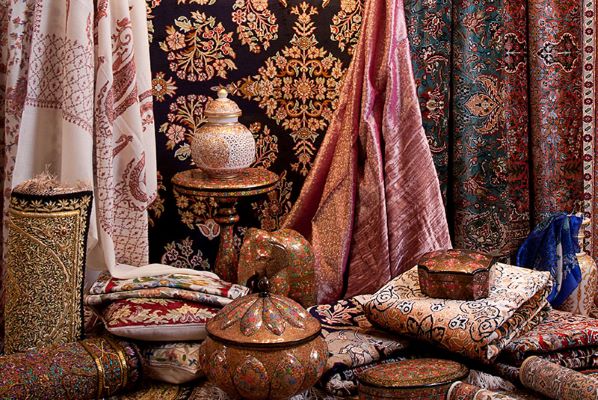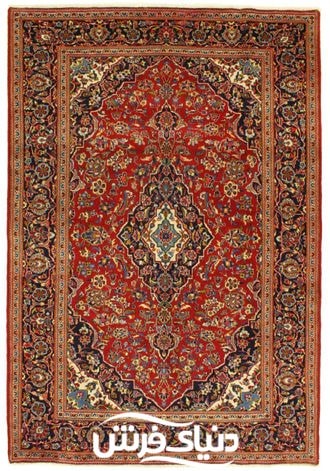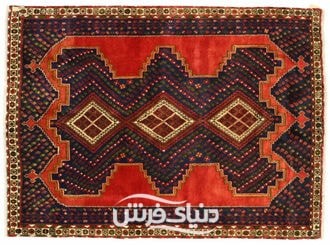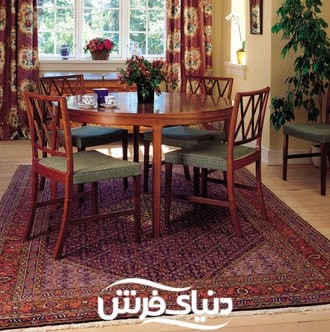Best Persian Carpet
What do you know about the best type of Persian carpet?
Pars, the ancient name of Iran, is proud of having the most unique carpet culture and art in the world. The art of weaving and dyeing carpets is an inherited art among Iranians and all carpets of any size and style are produced in Iran.
Handmade rugs are usually named after the place where they are woven or after the people who weave them. Most of the traditional patterns and colors are related to the place where the carpet is woven, so by looking at each handmade carpet, one can tell exactly where this carpet was woven. For example, copying popular styles of Iranian handmade carpets is common in India these days. A good example is Indo Gabbeh.
The most common and well-known styles are Iranian (Persian), Afghani, Pakistani, Baluchi, Turkmen, Caucasian, Hindu, Tibetan, Turkish, Chinese, Azarbaijan (East Azarbaijan), European and South American.
A visitor soon realizes that carpets play an important role in this community. In large cities, private carpet stores are located next to each other, for example, in an area or street of the city, without any distance. On the street, you will see small trucks or vans carrying carpets heading towards the market. Knitting machines and other tools and equipment such as yarn can be found everywhere for sale. In some places, you may see that someone has spread a rug and you wash it with water and a brush.
Many Westerners consider oriental carpets to be the same as Iranian carpets, which of course is not true, but this mistake is understandable given the effects that the production of Iranian carpets has had around the world. in other words, Iran has the Persian carpet of the world “Iranians carefully preserve the art and culture of their carpets, their weaving art is very prominent and is the best example in the world,” says Knut Larson, a Swedish author, in his book on Oriental Rugs. ”
Different types of carpets in Iran
Kashan handmade carpet
The city of Kashan, with a population of about 120,000, is located right between Tehran and Isfahan and on the edge of the desert plain. The city has long been famous for its fabrics and pottery. The city has always been important as a commercial place as well as a resort along the Silk Road. The famous Ardabil carpet, now on display at the Victoria and Albert Museum in London, is said to have been woven in the 16th century in Kashan. In addition, today’s carpets that are sold under the name of Kashan handmade carpets have a very good history.
These carpets are woven by hand in the city of Kashan and the surrounding villages. The most prominent carpets were produced in the Safavid period between the years (1736-1502). After a period of recession, high-quality carpets were re-produced in the late nineteenth century. These carpets are made of Iranian knots with very high knot density, cotton warp and weft, and high-quality materials. Their patterns include decorative frames, designs of niches and in circumference, and embossed and all-flowered designs that are beautifully designed. The background colors are blue, red, and beige.
The Persian carpet is one of the most beautiful carpets for your home
The quality of these carpets is very different. Some of them, although not produced in Kashan, are sold under the name of Kashan Carpet.
Afshar Carpet
Around the city of Kerman, located in southeastern Iran is the residence of half of the tribes of the Afshar tribe. These nomads lived in northwestern Iran for hundreds of years, but half of the tribe was forcibly relocated to their present-day region, where the carpet industry became an important branch of trade. In the city of Babak, which is in the neighborhood of the city of Afshar, similar carpets are produced, carpets with higher density, more accurate patterns, and more details. Afshar carpets are known in the market as Sirjan carpets.
Kashan hand-woven carpets are red and blue and mainly have geometric patterns. Their most common pattern consists of a central part with one or more square medals. Some say that this is a secret symbol that was drawn to prepare the carpet.
These medals still exist today and are considered a symbol of Afshar carpets, and also the size their width varies depending on the length of the carpet, the longer the carpet, the wider the width of these medals.
These medals still exist today and are considered a symbol of Afshar carpets, and the size of their width varies depending on the length of the carpet, the longer the carpet, the wider the width of these medals.
What do you know about the history of Iranian handicraft exports?
Ardabil Carpet
The city of Ardabil is the capital of Ardabil province and is located in northern Iran on the Caspian Sea. Hearing the name of Ardabil’s handmade carpet may turn the mind of a carpet expert to the famous Ardabil carpet that is now on display at the Victoria and Albert Museum in London. This carpet was actually woven in Kashan but was located in a mosque in Ardabil and was eventually sold to finance the repair of the mosque.
The carpets produced in Ardabil are inspired by Caucasian patterns such as Shirvan, Qarabagh, and Ganjeh. Later, these carpets became a popular and pleasant product of collectors. Ardabil carpets are thin with very beautiful and well-woven geometric patterns. Today, most of these products are made of high-quality carpets and are sold under the name of Ardabil carpets.
Bakhtiari Carpet
Bakhtiari nomads live in the foothills of the Zagros Mountains, west of Isfahan and near Shahrekord. Most of them speak Persian or Lori dialect, while the language of those Bakhtiari living in Khuzestan province is Arabic. Bakhtiari men wear loose trousers, round hats, and short shirts, clothes that date back to the Parthian dynasty.
At that time, the chiefs of Bakhtiari tribes (khans) had a powerful position in Persian society. Chaharmahal and Bakhtiari are one of the most extensive areas for the production of handmade carpets, which attracts nomads and villagers of all races.
All these carpets are sold under the common name of Bakhtiar (as well as Bakhtiari). Sometimes they are known as the place where they are woven, such as Beldaji, Faridan, or Saman. These carpets are woven from very durable wool and are well woven, which has made them very strong and thick, and are considered one of the most durable Iranian carpets.
One of the well-known patterns of these carpets is the brick pattern (garden pattern) in which the carpet is divided into squares with plants and animals, which is a symbol of Persian gardens. Also, medal designs and tree designs are other patterns that are taken from Isfahan carpets.
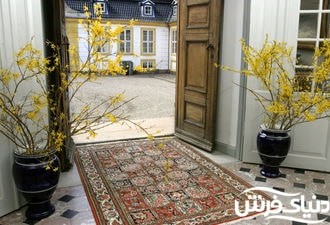
You can buy your desired carpets on this site to make your home and your friends and acquaintances more beautiful with them.

